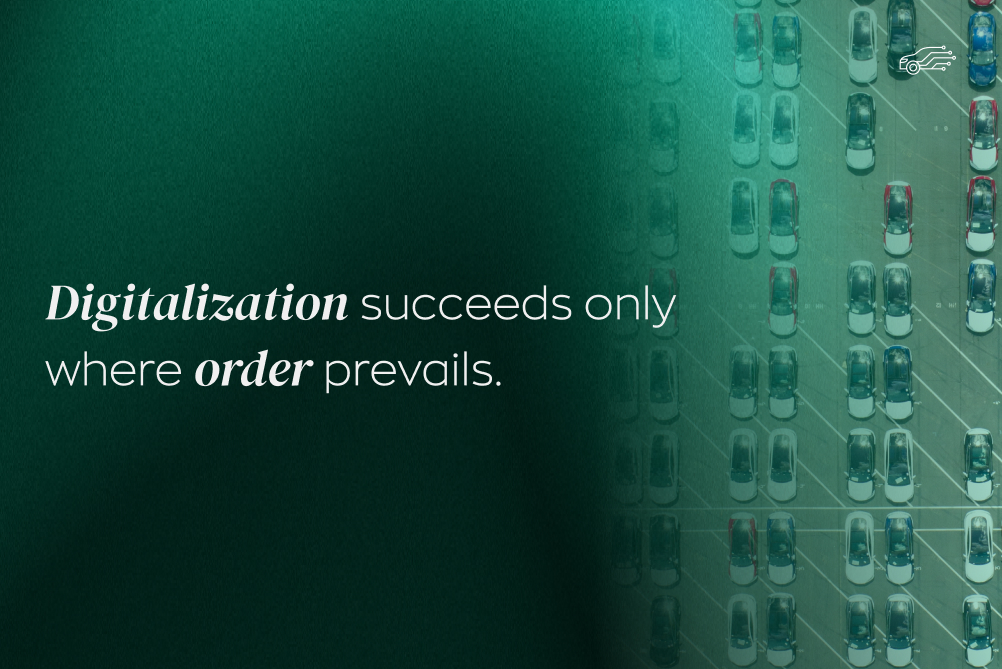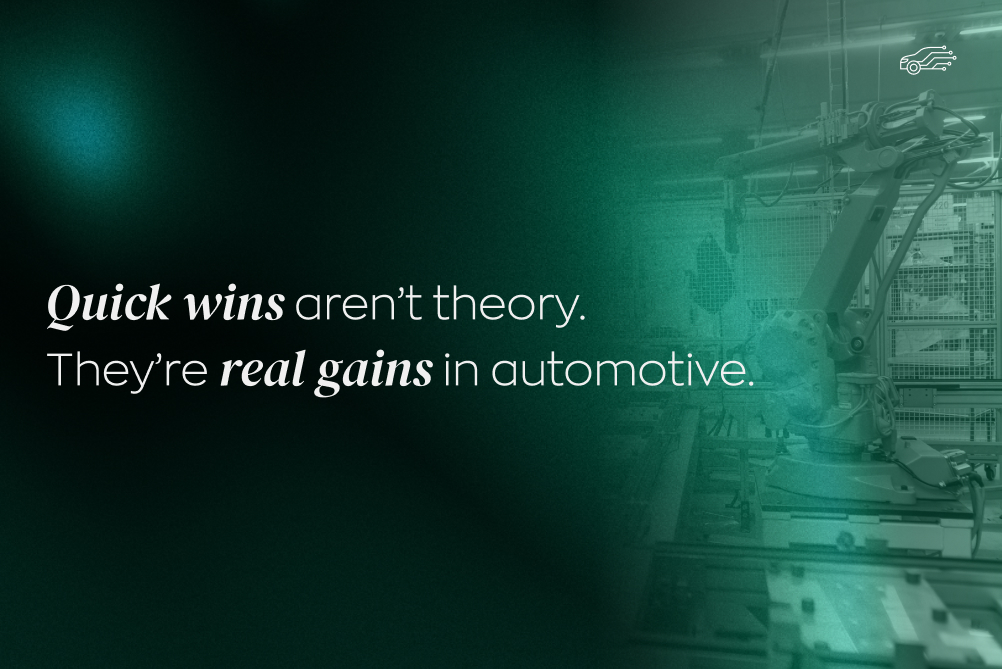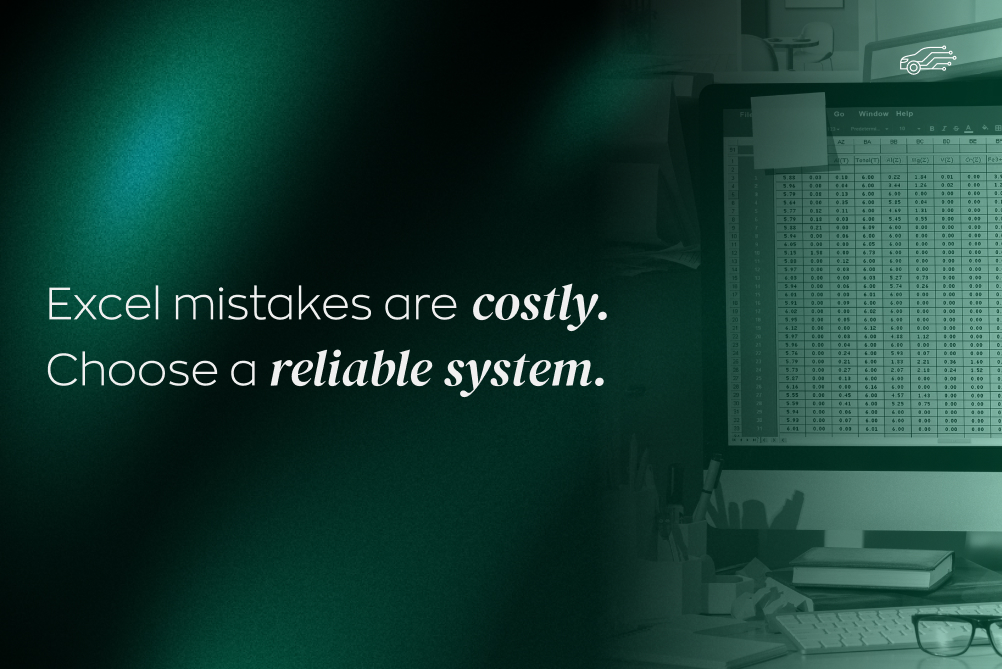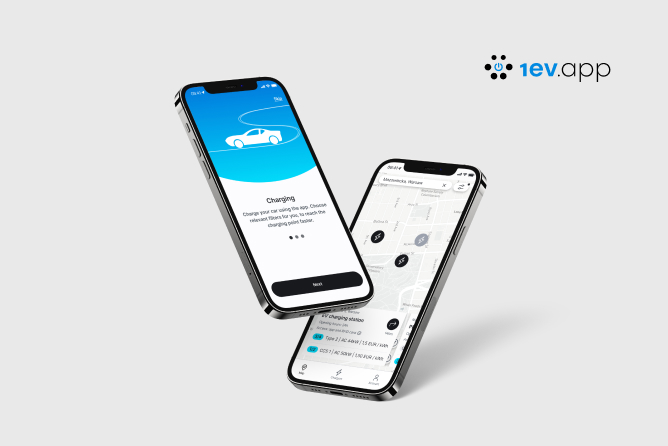Imagine this scenario: the production line in your company suddenly comes to a halt. A machine that had been working flawlessly until now stops responding. The team starts frantically searching for the cause, calls the service department, and every minute of downtime means real financial losses and a risk of missing deadlines. Sounds familiar?
What if we told you there’s a way to predict such a failure before it happens? This isn’t science fiction - it’s predictive maintenance powered by artificial intelligence. A true revolution that allows companies to replace costly fire-fighting with smart, proactive prevention.
Predictive maintenance: How AI transforms traditional maintenance approaches
For years, companies relied on two main maintenance models: reactive (fix it when it breaks) and preventive (service at fixed intervals, e.g., every six months).
The first is expensive and unpredictable; the second often leads to unnecessary part replacements and maintenance activities.
Predictive maintenance is a completely different mindset. Instead of guessing when a machine might fail, we start predicting it accurately. How? The key is artificial intelligence - acting like a digital doctor for your machinery.
By continuously analyzing data from IoT sensors - such as temperature, vibration, pressure, or power consumption - AI learns the “normal” behavior of each machine. The moment it detects even the slightest deviation that may signal a future issue, the system immediately alerts the maintenance team. This allows you to plan servicing at a convenient time, long before a serious and costly breakdown occurs.
AI technologies behind failure prediction
The magic of prediction doesn’t appear out of nowhere. It’s powered by advanced algorithms capable of analyzing large datasets and uncovering insights invisible to the human eye.
Machine Learning:
The foundation of predictive maintenance. Machine learning algorithms analyze historical operational and failure data, learning the patterns that usually precede malfunctions. For example, in the energy sector, advanced AI algorithms analyze turbine sensor data to detect potential issues early.
Neural networks:
Complex models inspired by the human brain, excellent at identifying intricate, non-linear relationships in data. In mining, for instance, AI systems analyze subtle changes in vibrations or bearing temperature to precisely forecast equipment failures.
Signal analysis:
Specialized techniques enable real-time analysis of vibration or sound data. Thanks to this, AI systems can predict failures in heavy industry by detecting anomalies in a machine’s “acoustic signature” that may indicate an impending malfunction.
Tangible business benefits of implementing predictive maintenance
Investing in predictive maintenance isn’t just a technological upgrade - it’s a strategic business decision that delivers clear, measurable results. Both Polish and global companies already see significant benefits. Let’s look at the numbers:
Reduced unplanned downtime.
This is one of the key advantages. KGHM achieved a 23% reduction in unplanned downtime after implementing a predictive solution. Volkswagen Poznań reported an even higher reduction of 35%.
Lower maintenance costs.
Performing maintenance only when it is truly needed leads to substantial savings. Volkswagen Poznań reduced maintenance costs by 28%, while PKN Orlen optimized them by 20% thanks to AI in its refinery.
Longer equipment lifespan.
Early detection of wear helps keep machines in better condition. At Volkswagen Poznań, tool lifespan increased by 22%.
Higher operational efficiency.
Fewer breakdowns and better planning translate into smoother production processes. PKN Orlen improved its refinery’s energy efficiency by 15% after implementing AI.
As you can see, AI-powered maintenance gives companies a real competitive edge.
Real-world applications across industries
Predictive maintenance is a universal solution, effective wherever machine reliability is mission-critical.
Manufacturing:
From assembly lines to welding robots - analyzing operational parameters helps optimize processes and prevent costly stoppages. AI plays an essential role in real-time production monitoring and automation.
Energy:
AI monitors the condition of wind turbines, transformers, and transmission lines, ensuring stable energy supply and minimizing the risk of widespread failures.
Automotive:
Modern vehicles are full of sensors. Data analysis enables predictive maintenance in the automotive sector, informing drivers about upcoming service needs long before a breakdown occurs.
Mining:
In the harsh conditions of mining sites, equipment reliability is not just about cost - it’s about safety. AI helps monitor drilling and transport machinery to prevent critical failures.
How to start implementing AI in your organization
Getting started with predictive maintenance may seem challenging, but breaking the process down into clear steps makes it much easier.
Analyze needs and goals.
Identify the most critical machines - the ones whose failures generate the greatest losses.
Collect data.
Determine what data is already being gathered. You may need to install additional IoT sensors to obtain a complete operational picture.
Choose a platform and run a pilot.
Start with a small pilot project on a limited group of machines. This allows you to test the technology and demonstrate its value internally. Consider platforms that integrate CMMS systems with AI capabilities.
Collaboration and training.
Success requires close cooperation between IT, production, and maintenance teams. Ensure everyone understands the goals and benefits of the new system.
Scale the solution.
After a successful pilot, gradually expand the system to more areas and more machines.
The future belongs to prediction
Machine failures don’t have to be an unavoidable, stressful part of business operations. AI-powered predictive maintenance is a powerful tool that gives companies full control over their machinery, reduces costs, and enhances safety. It’s not just the technology of the future - it’s a solution delivering tangible value to industry leaders today.
By investing in the ability to predict, you’re investing in stability, efficiency, and a more secure future for your company.
.jpg)






.jpg)



.jpg)
.jpg)



.jpg)
.jpg)
.jpg)
.jpg)
.jpg)
.jpg)

.jpg)
.jpg)
.jpg)
.jpg)
.jpg)
.jpg)
.jpg)
.jpg)
.jpg)
.jpg)






.jpg)
.jpg)
.jpg)

.jpg)

.jpg)


.jpg)
.jpg)

.jpg)
.jpg)

.jpg)

.jpg)
.jpg)
.jpg)

.jpg)
.webp)

.webp)


.jpg)









.webp)


.webp)



























